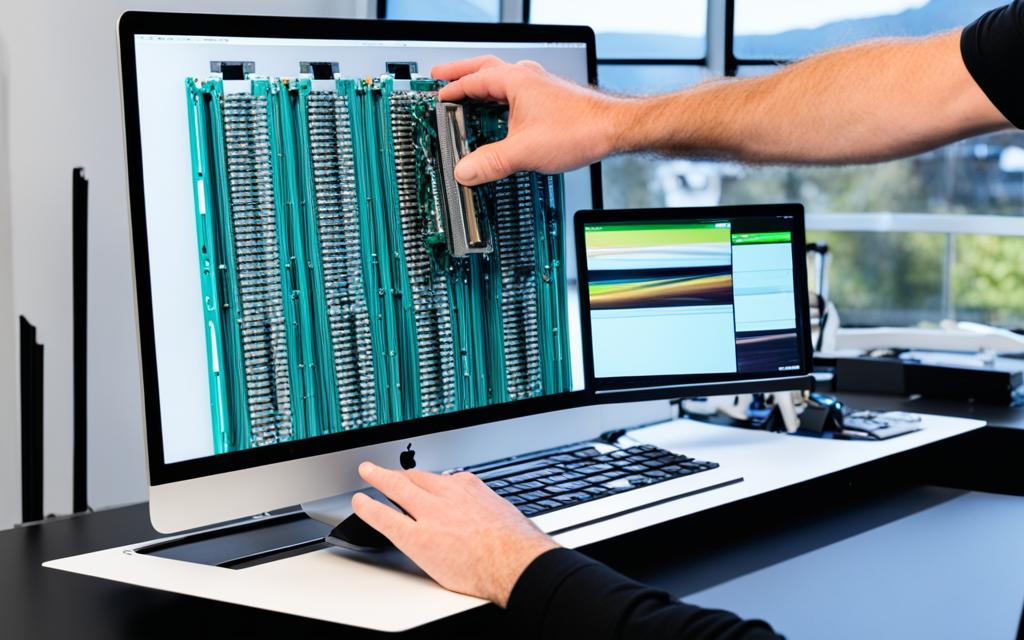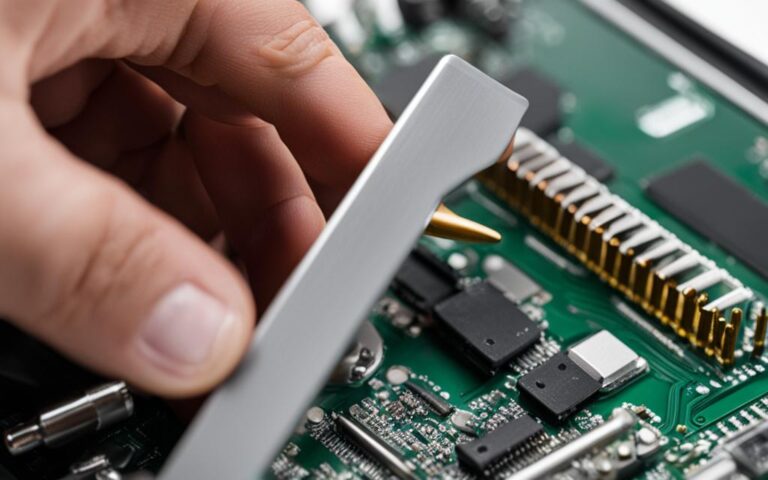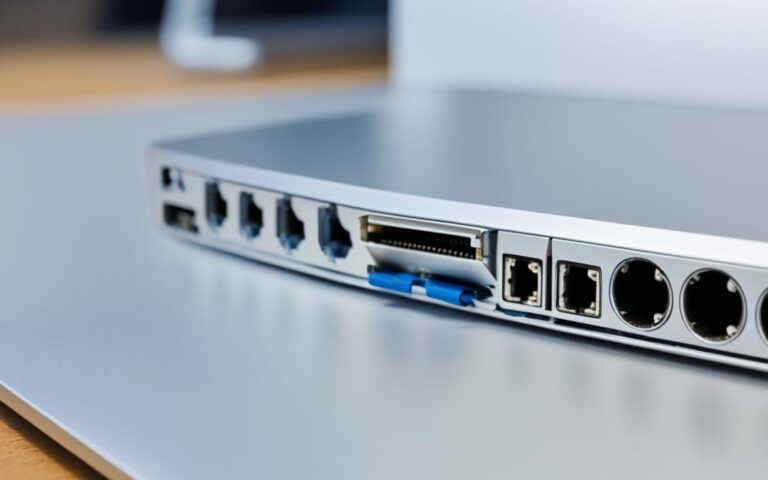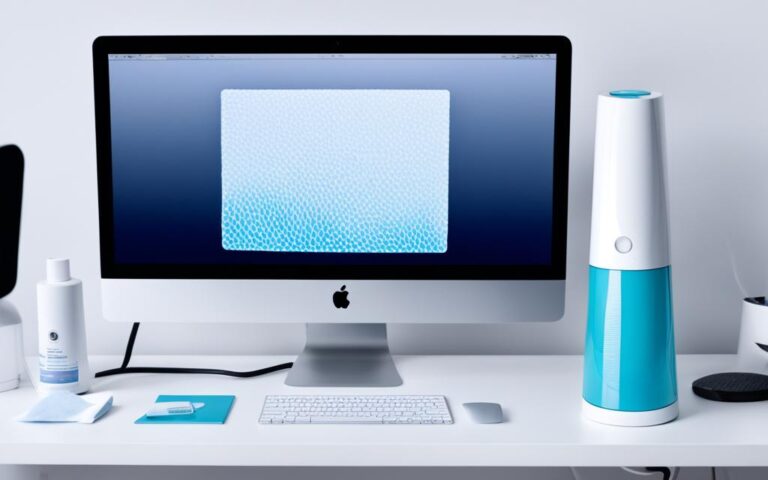How to Upgrade Your iMac’s RAM for Better Performance
Welcome to our guide on upgrading your iMac’s RAM for better performance. If you’ve noticed that your iMac is becoming sluggish or struggling to handle multiple tasks, upgrading the RAM can provide a significant boost in speed and multitasking capabilities. In this article, we’ll show you how to identify your iMac model, explore the memory specifications for different models, guide you through the installation process, and help you determine which iMac models are upgradeable. Let’s dive in and unlock the full potential of your iMac!
Before we begin, let’s take a moment to highlight the benefits of upgrading your iMac’s RAM. Increased RAM allows your iMac to run more applications simultaneously, reduces lag when switching between tasks, and improves overall system responsiveness. Whether you’re a creative professional working with resource-intensive software or a casual user looking for a smooth computing experience, upgrading your iMac’s RAM can make a noticeable difference in performance.
In the next sections, we’ll provide detailed information on identifying your iMac model, understanding the memory specifications, step-by-step instructions for installation, and which iMac models can be upgraded. By the end of this guide, you’ll have the knowledge and confidence to enhance your iMac’s performance with a RAM upgrade. Let’s get started!
Memory Specifications for Different iMac Models
The memory specifications for different iMac models vary. Here are some examples:
| iMac Model | Memory Slots | Base Memory | Maximum Memory | Memory Type | Memory Speed |
|---|---|---|---|---|---|
| iMac (Retina 5K, 27-inch, 2020) | 4 | 8 GB (2 x 4 GB DIMMs) | 128 GB (4 x 32 GB DIMMs) | PC4-21333, Unbuffered, Non-parity, 260-pin, DDR4 SDRAM | 2666 MHz |
| iMac (Retina 5K, 27-inch, 2019) | 4 | 8 GB (2 x 4 GB DIMMs) | 64 GB (4 x 16 GB DIMMs) | PC4-21333, Unbuffered, Non-parity, 260-pin, DDR4 SDRAM | 2666 MHz |
| iMac (Retina 5K, 27-inch, 2017) | 4 | 8 GB (2 x 4 GB DIMMs) | 64 GB (4 x 16 GB DIMMs) | PC4-2400 (19200), Unbuffered, Non-parity, 260-pin, DDR4 SDRAM | 2400 MHz |
| iMac (Retina 5K, 27-inch, Late 2015) | 4 | 8 GB | 32 GB | PC3-14900, Unbuffered, Non-parity, 204-pin, DDR3 SDRAM | 1867 MHz |
These are just a few examples, and there are more models with their respective memory specifications.
How to Install Memory on Your iMac
To install memory on your iMac, follow these steps:
- Shut down your iMac and wait for it to cool down.
- Disconnect all cables and accessories from your iMac.
- Place a soft, clean towel or cloth on a flat surface to protect the display.
- Gently place your iMac facedown on the towel or cloth.
- Open the memory compartment door by pressing the small button located above the AC power port.
- Remove the compartment door and set it aside.
- Release the memory cage levers by pushing them outwards, then pull the levers towards you to access the DIMM slots.
- Remove a DIMM by pulling it straight up and out, noting the orientation of the notch on the bottom of the DIMM.
- Replace or install a DIMM by aligning the notch on the DIMM with the DIMM slot, then pressing it firmly until it clicks into place.
- Repeat steps 8 and 9 for each DIMM slot.
- Push the memory cage levers back into place to lock the DIMMs in the housing.
- Replace the memory compartment door.
- Reconnect all cables and accessories to your iMac.
- Start up your iMac and allow it to complete the memory initialization process.
Which iMac Models Can Upgrade RAM
Not all iMac models can have their RAM upgraded. While some models have soldered RAM that cannot be upgraded, others have user-accessible RAM slots that allow for memory upgrades. For example, the iMac (Retina 5K, 27-inch, 2020) and iMac (Retina 5K, 27-inch, 2019) have user-upgradable RAM. On the other hand, the MacBook Air does not have user-upgradable RAM.
To determine if your iMac model can have its RAM upgraded, refer to Apple’s specifications and consult the list provided below.
| iMac Model | RAM Upgradeability |
|---|---|
| iMac (Retina 5K, 27-inch, 2020) | User-upgradable RAM |
| iMac (Retina 5K, 27-inch, 2019) | User-upgradable RAM |
| iMac (Retina 5K, 27-inch, 2017) | Soldered RAM, not upgradeable |
| iMac (Retina 5K, 27-inch, Late 2015) | Soldered RAM, not upgradeable |
Refer to the table for a few examples of iMac models with their respective upgradeability status. For more models and detailed specifications, consult Apple’s official documentation.
Conclusion
Upgrading your iMac’s RAM can have a significant impact on its performance and multitasking capabilities. By following the appropriate installation steps and using compatible memory modules, you can easily enhance the RAM capacity of your iMac, resulting in a better computing experience.
It is crucial to identify your specific iMac model and check the memory specifications provided by Apple. Consider factors such as maximum memory capacity and base memory when selecting the appropriate RAM modules for your iMac. By upgrading your iMac’s RAM, you can enjoy faster processing speeds, smoother multitasking, and an overall improved performance.
Whether you are a professional video editor, a graphic designer, or even a casual user who wants a smoother and more responsive experience, upgrading your iMac’s RAM can provide several benefits. From reducing lag and load times to increasing the number of applications you can comfortably run simultaneously, the benefits of upgrading iMac RAM are extensive.
In conclusion, upgrading your iMac’s RAM is a convenient and effective way to optimize its performance. Take advantage of the opportunity to increase your iMac’s multitasking capabilities, speed up data processing, and enjoy an overall enhanced computing experience. With an iMac RAM upgrade, you can unlock the full potential of your Mac and make the most out of your investment.












